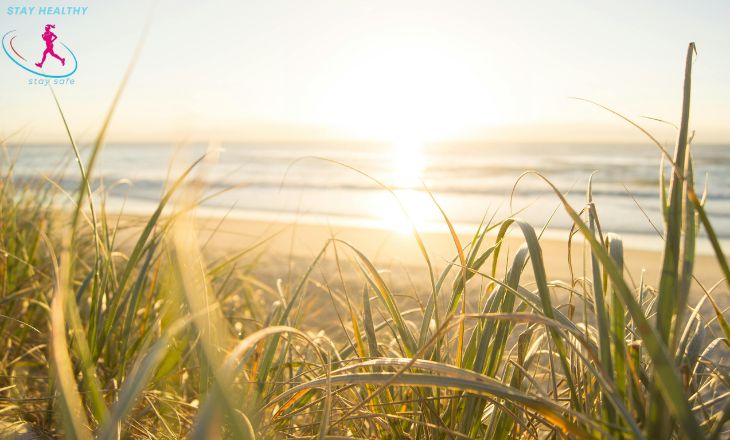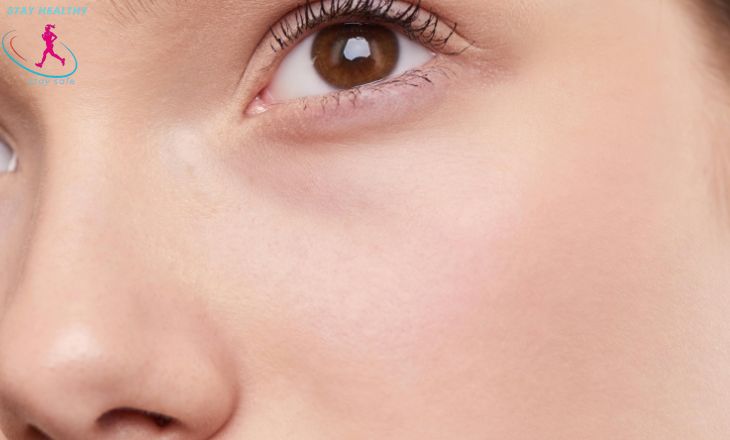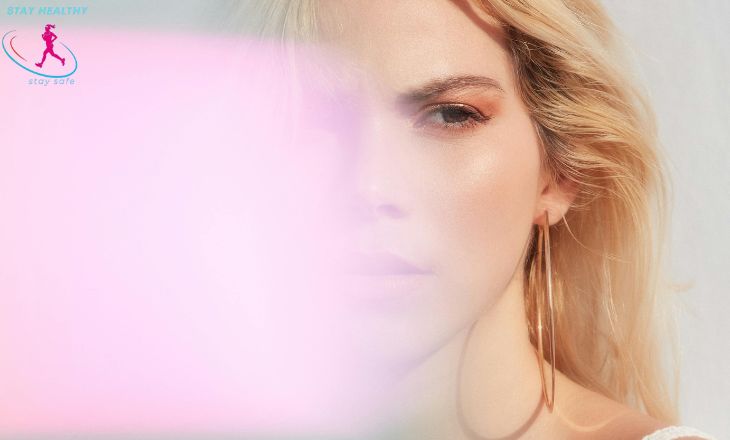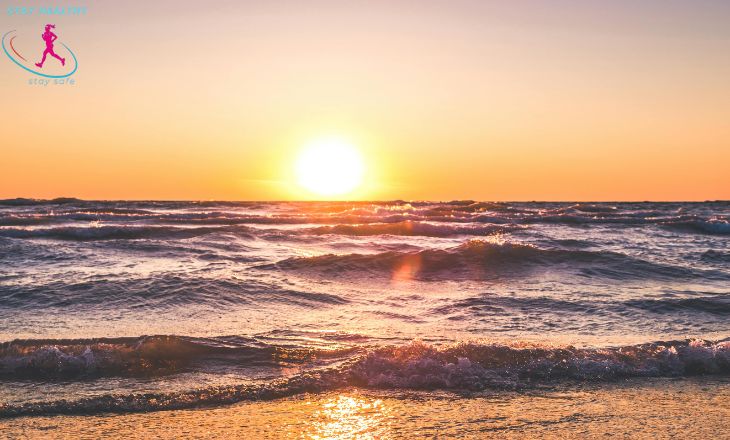As the sun’s rays become more intense, protecting our skin from solar radiation is critical for maintaining our health and well-being. Prolonged exposure to ultraviolet (UV) radiation and solar eclipse radiation phones can lead to severe consequences, including skin cancer, premature aging, and other skin disorders.
This article will explore effective methods for safeguarding your skin, discuss the importance of comprehensive protection, and even delve into how rubber protective soles can play a surprising role in your overall strategy also .

Understanding Solar Radiation
Solar radiation primarily consists of three types of ultraviolet rays:
UVA Rays:
These rays penetrate deep into the skin and are primarily responsible for premature aging and wrinkling. They can pass through window glass and are present with relatively equal intensity during all daylight hours throughout the year.
UVB Rays:
These rays are the main cause of sunburn and can damage the DNA in skin cells, leading to skin cancer. UVB intensity varies by season, location, and time of day, being strongest between 10 AM and 4 PM from April to October.
UVC Rays:
While the most dangerous, UVC rays are completely absorbed by the Earth’s atmosphere and do not reach the ground.
Why Skin Protection is Crucial
Protecting your skin from UV radiation from solar eclipse cell phone is also vital for several reasons:
Prevents Skin Cancer:
Overexposure to UV starfield extreme solar radiation significantly increases the risk of developing skin cancers, including melanoma, basal cell carcinoma, and squamous cell carcinoma.
Avoids Premature Aging:
UV solar radiation w/m2 breaks down collagen and impairs the skin’s elasticity, leading to wrinkles, leathery skin, and age spots.
Reduces Risk of Sunburn:
Sunburns are not only painful but also indicative of severe skin damage. Repeated sunburns, especially in childhood, increase the risk of skin cancer later in life.
Protects Eye Health:
UV solar eclipse radiation can also harm your eyes, leading to conditions such as cataracts and macular degeneration.

Effective Ways to Protect Your Skin
Use Broad-Spectrum Sunscreen
The cornerstone of any skin protection regimen is sunscreen. Here’s how to use it effectively:
Choose Broad-Spectrum Sunscreens:
These protect against both UVA and UVB rays. Ensure the SPF (Sun Protection Factor) is at least 30, which blocks 97% of UVB rays.
Apply Generously:
Apply sunscreen liberally to all exposed skin 15 minutes before going outdoors. An average adult needs about an ounce (a shot glass full) to cover the entire body.
Reapply Regularly:
Reapply sunscreen every two hours, or more often if swimming or sweating.
Wear Protective Clothing
Clothing can provide a physical barrier against UV solar radiation management. Consider the following:
Long-Sleeved Shirts and Pants:
Tightly woven fabrics offer the best protection. Some clothing is specifically designed for sun protection and comes with a UPF (Ultraviolet Protection Factor) rating.
Wide-Brimmed Hats:
These can shade your face, neck, and ears, areas often exposed to intense sunlight.
UV-Blocking Sunglasses:
Sunglasses should block 99-100% of UVA and UVB rays. Look for labels indicating they meet this standard.
Seek Shade
Whenever possible, stay in the shade, especially during peak sunlight hours between 10 AM and 4 PM. Use umbrellas, trees, or shelters to reduce direct exposure.
Avoid Tanning Beds
Tanning beds emit UV radiation that can be even more intense than the sun, significantly increasing the risk of skin cancer and accelerating skin aging.

The Role of Rubber Protective Soles
While protecting the skin, it’s also essential to consider the surfaces we walk on, especially during outdoor activities. Rubber protective soles can be an unexpected yet crucial part of your overall protection strategy. Here’s how:
Heat Insulation:
Rubber soles insulate your feet from hot surfaces, preventing burns that can occur from walking on sun-baked pavement or sand.
Slip Resistance:
They provide better grip, reducing the risk of slips and falls on wet surfaces near pools or beaches.
Durability:
Rubber soles are durable and long-lasting, offering consistent protection over time, which is especially important for outdoor enthusiasts and athletes.

Conclusion
Protecting your skin from solar radiation is a multifaceted approach that involves using sunscreen, wearing protective clothing, seeking shade, and being mindful of the surfaces you walk on with rubber protective soles.
By incorporating these strategies into your daily routine, you can significantly reduce the risk of skin damage and enjoy the sun safely. Remember, consistent and comprehensive protection is key to maintaining healthy, youthful skin for years to come.
FAQs
How often should I reapply sunscreen if I’m swimming or sweating a lot?
If you’re swimming or sweating, reapply water-resistant sunscreen every 40 to 80 minutes, depending on the product’s specified duration of effectiveness. Always reapply immediately after towel drying.
Can I get sunburned on a cloudy day?
Yes, up to 80% of UV rays can penetrate through clouds, leading to potential sunburns even on overcast days. It’s crucial to wear sunscreen and protective clothing regardless of the weather.
Are some sunscreens better than others for sensitive skin?
Yes, for sensitive skin, look for sunscreens that contain physical blockers like zinc oxide or titanium dioxide. These are less likely to cause irritation compared to chemical sunscreens.
Do rubber protective soles help protect against hot sand at the beach?
Absolutely, rubber protective soles provide a barrier against the intense heat of sun-exposed sand, preventing burns and discomfort.
